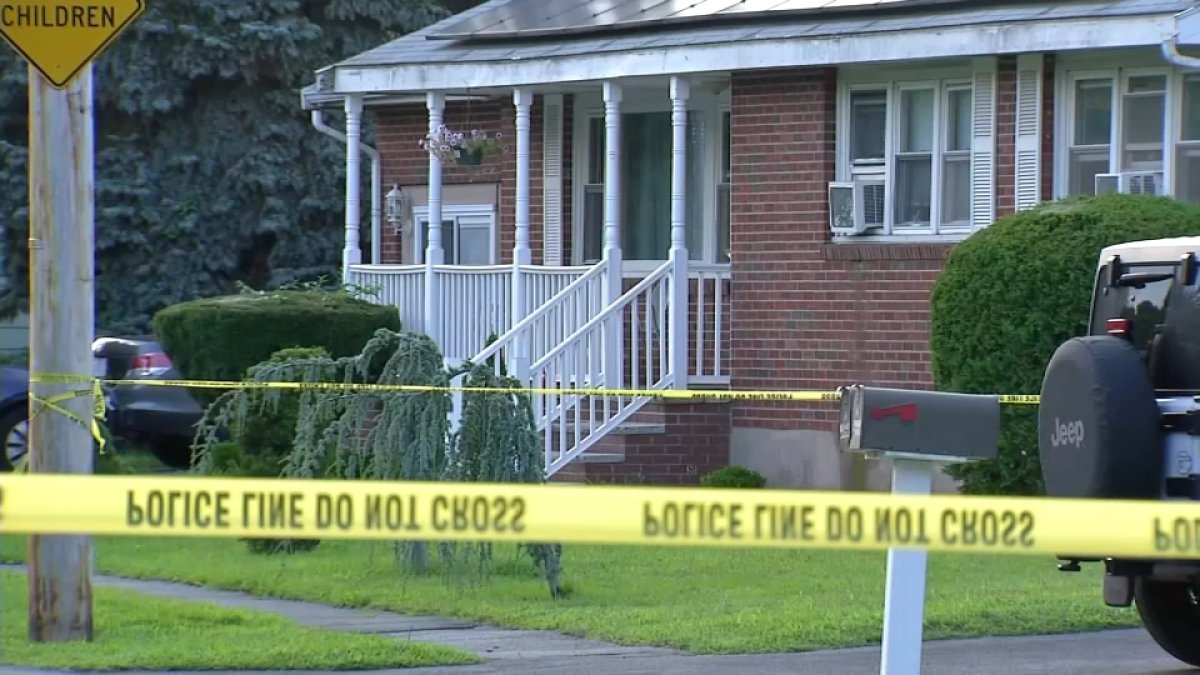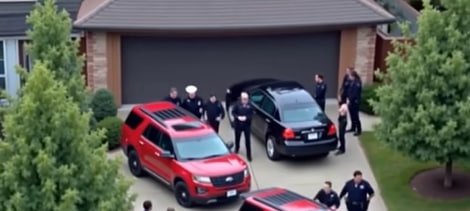Chicago, IL – Law enforcement agencies in two south suburban communities are currently facing operational challenges following an unexpected increase in police officers reporting sick leave this week. Although the exact locations and numbers have not been publicly disclosed by the respective police departments, local officials have acknowledged that the absences are significant enough to affect routine police coverage.

Sudden Officer Shortage Draws Public Attention
According to public safety officials and local government representatives, a large number of officers scheduled for active duty in recent days have called in sick. The situation, while not unprecedented, has created noticeable gaps in daily patrols and administrative functions. In response, department leadership has taken immediate action to reallocate personnel and optimize coverage in essential areas to maintain public safety.
Though temporary staffing adjustments have been put in place, officials have confirmed that certain non-emergency services and administrative operations may be delayed or reduced until full staffing resumes.
Official Response and Resource Reallocation
In a brief public statement, one of the affected police departments confirmed that they are actively managing the disruption and prioritizing critical response operations, such as emergency calls, traffic incidents, and neighborhood patrols. Officers from other shifts and mutual aid agreements with nearby jurisdictions are being utilized to prevent interruptions in law enforcement services.
While the departments have not released exact figures regarding how many officers are currently on leave, internal sources familiar with the scheduling systems indicate that a noticeable drop in available personnel occurred over a period of 48 to 72 hours.
No Confirmation of Coordinated Action
While previous events across various U.S. jurisdictions have occasionally involved organized sick-outs or informal job actions by law enforcement personnel, no official confirmation has been provided suggesting that this week’s absences are part of any such coordinated effort. At this time, local government and police officials have not attributed the incident to any form of protest or collective action.
Departments have stated they are reviewing internal records and attendance reports to assess trends and determine whether the volume of sick leave requests is unusually high or falls within legally protected medical leave allowances.
Challenges Facing Law Enforcement Staffing
Police departments across the country, including those in suburban Illinois, have been experiencing growing challenges in recruitment, retention, and morale. Factors such as increased scrutiny, long working hours, mental health stress, and difficulties in hiring new officers have led to broader conversations about law enforcement sustainability.
The International Association of Chiefs of Police (IACP) has noted that many local departments are facing staffing shortages due to both retirements and a decline in applications for new recruits. Agencies are encouraged to focus on officer wellness programs, ongoing professional development, and open lines of communication with rank-and-file personnel to improve retention.

Community Impact and Leadership Involvement
Local leaders have acknowledged the concerns raised by residents in the wake of the staffing shortage. In community meetings held earlier this week, neighborhood associations emphasized the need for transparency and clear communication regarding public safety services.
City council members and mayors of the affected municipalities have expressed their commitment to working with police department leadership to ensure that law enforcement coverage remains stable and that public trust is maintained during the transition.
Residents in the two suburbs have reported slower response times for certain non-urgent calls and reduced visibility of patrol vehicles in some areas. However, no widespread service breakdowns or public safety threats have been reported as of this writing.
Statements From Law Enforcement Officials
In separate updates, both police departments involved reassured the public that emergency response capabilities remain intact. Officials emphasized that officer safety, both physical and mental, is a top priority and that officers are entitled to medical leave as outlined by department policy and labor agreements.
Efforts are also being made to explore whether temporary medical or stress-related leave has increased due to cumulative job-related pressures. Some departments are considering additional support resources for officers, including counseling services and flexible scheduling where possible.
The departments also stated that internal assessments and review processes are underway to ensure there is no disruption to essential law enforcement duties.
Broader Context: National Police Staffing Concerns
The officer shortages in these Illinois suburbs mirror broader staffing concerns experienced across the country. According to a 2024 report by the Police Executive Research Forum (PERF), more than 70% of U.S. law enforcement agencies reported experiencing staffing difficulties within the past two years.
This trend has been driven by various factors, including:
-
A sharp increase in officer retirements
-
Declining enrollment in police academies
-
Rising workloads
-
Public scrutiny of law enforcement practices
In response, many agencies are adopting new strategies such as community-based policing, expanded mental health training, and technology-driven solutions to ease pressure on officers and improve efficiency.

Efforts to Restore Full Staffing
Both municipalities impacted this week have outlined steps to stabilize department operations and restore full staffing levels as soon as possible. These include:
-
Calling in off-duty officers for voluntary overtime
-
Temporarily assigning administrative staff to field roles
-
Requesting support from county and state law enforcement agencies if necessary
Hiring initiatives are also ongoing in both suburbs, with recruitment efforts focusing on local community engagement and improved outreach to younger demographics interested in public service careers.
Looking Ahead: Importance of Communication and Transparency
Public safety officials in both suburbs stressed the importance of open communication with residents as the departments manage temporary workforce challenges. Weekly updates from local leaders, law enforcement briefings, and social media posts are being used to keep the public informed.
Residents are encouraged to continue reporting emergencies through 911 and to use non-emergency lines for lower-priority issues. Police officials have also urged the community to be patient during this period and reassured them that all efforts are being made to maintain high standards of public service.

Conclusion
The recent wave of police officers calling in sick in two south suburbs has brought renewed attention to the staffing challenges facing local law enforcement. While the reasons behind the absences are still under review, officials are prioritizing emergency coverage and maintaining essential services to protect public safety.
By staying transparent, reallocating resources effectively, and supporting officer wellness, these departments are working to ensure that communities remain safe and informed. As broader conversations around police staffing and working conditions continue nationwide, this incident highlights the need for sustainable, resilient public safety models.
